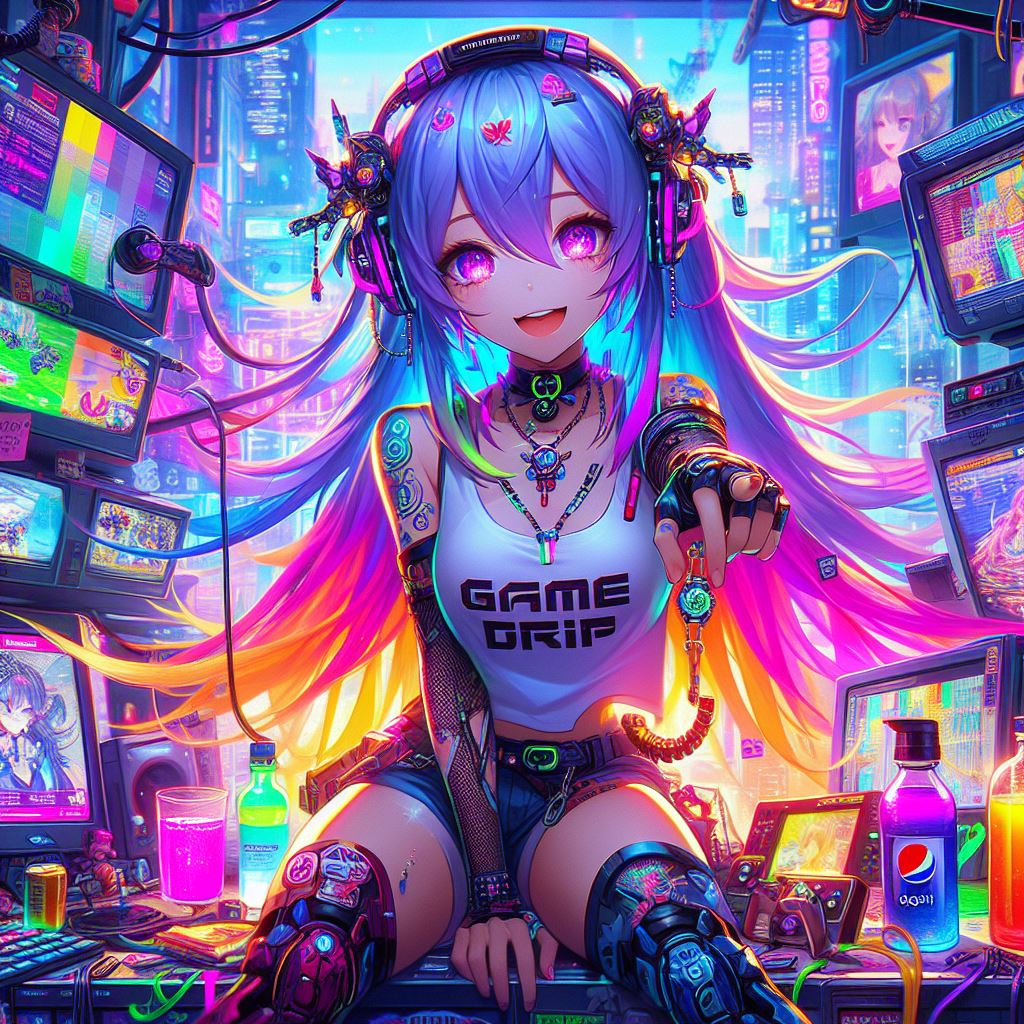As featured on Minecraft Servers Listing
#Imperia #〢 #Geopolitical #Roleplay #Server
mc.playimperia.com
Dynmap
http://map.playimperia.com

What is Imperia?
Imperia is a semi roleplay geopolitical Minecraft server and it advances this cause by implementing such plugins and game mechanics to best suit that purpose. However these custom game mechanics may only provide the basic framework, every in-game achievement is solely in the hands of the players. This means, that not all existing features are accessible from the start. Only player input and game progression can allow for progress.
♦︎ Game Mechanics ♦︎
Imperia employs many different game mechanics, which represent the largest singe change to they way this server differs from an average vanilla singleplayer game. With the use of various custom plugins, datapacks, map features and textures we are able to carefully craft a very specific style of gameplay characteristic to the current server time period.

✦ Eras ✦
Eras are the logical representation of the evolving world and real historical events allowing natural progression and evolution of technology, science and diplomacy. In game this changing world is represented by the use of eras, pre-made sets of available technologies unlockable by various community driven actions. Eras present both various technological advancements which are making the life on the server easier as well as historical hardships and challenges which are to be solved by cooperation.
✦ Worldwide Quests ✦
The world is a deeply divided and rarely peaceful place in which countries can always find time to settle their differences on the battlefield. Historical though it may be, this method isn’t always capable of solving all possible issues. Some endeavours require worldwide cooperation. Imperia features quests through which new technology and game mechanics can be obtained for the entire world to use.
✦ Technology Tree ✦

Technology tree represents all the varying technologies which are obtainable during the cause of an era to which the set technology is allocated. The technologies within the tree are unlocked through various player actions and deeds. These requirements are prescribed in the worldwide quests and upon fulfilment of the criteria unlock new game mechanics as the world progresses.
✦ Towns and Nations ✦
Just as nations can’t exist without towns, geopolitical role play cannot exist without nations. Both are an essential part of the fabric of Imperia and community as a whole. National and international communities within this server are the backbone that maintains roleplay and the sprit of the era. Because of this it is important to know who is given this privileged community position. Thus before assuming the position of a nation leader one has to fill out a nation leader application form outlining basic information and answering a few questions.
✦ The Map ✦
Imperia strides to surround players with many challenges solving which often requires many people working together to achieve a greater goal. All of this however starts with the map. The map on Imperia is a huge 1:180 scale world map replica with biomes, nature and climate replicated as closely as possible. Terrain, ores, bodies of water and other features that play in integral part in real life are present here too. Resources are abundant, but not unlimited. This poses an important challenge to all players and together with the massive size of the map create an environment for diplomacy and ingenuity.
✦ Transportation ✦
Imperia uses many different interesting plugins in order to come as close as possible to our common goal. One of them is Movecraft which allows for various forms transportation. Transportation on Imperia, just like every other aspect of the game is designed with the purpose of advancing the cause of realism while also staying useful. Both Movecraft and Traincarts play an essential role in recreating the era specific looks of the 20th century ships, planes, trains and cars allowing their proud owners to use them not just as beautiful stationary objects but as useful civilian or wartime machines.
✦ Warfare ✦
War is an essential tool of any 20th century country. It is always there when diplomacy fails. On Imperia the importance of war cannot be underestimated. Although peace and it’s maintenance is important there may always come time when talks no longer help. Imperia features countless custom game mechanics that provide for an experience as close to real as Minecraft can possibly muster. This includes custom guns, military clothing, warships, cannons, different effects hindering or improving one’s performance on the battlefield. In pursuit of fairer gameplay there are some limitations to the war practices the opposing sides may use. It is expected that wars are provided with a valid and reasonable justification and an absence of one can lead to enforced peace or even a truce.
✦ Weapons ✦
Weapons are integral to all warfare mechanics used on Imperia. Employing a wide range of different custom weapons with only a portion being accessible at any given time, weapons on Imperia provide the necessary feeling of realism in wartime that your typical Minecraft bow and arrow can not. Ranging from rifles to machineguns and from bombs to cannons the variety of possible warfare scenarios is endless. Unlocked through the Eras feature warfare evolves with the server changing from most basic and limited to an advanced and flexible.
✦ Trade ✦
Trade is an important asset of the global economy. Different climate, nature and resources in each region force countries to exchange goods for other goods or money. Exchanging resources is possible through major trade routes spanning the entire globe. This exchange provides both sides with the materials required to achieve their goals as well as bringing the server closer to unlocking new technologies.
✦ Economy ✦
Without a doubt one of the most important parts of life on Imperia is the economy. It provides a basis for everything from trade to transportation between the continents. The economy is carefully crafted to be able to provide suitable income for an average worker and scale with the time spent on the server. The economy too is a subject to constant evolution and changes together with everything on the server in accordance with the technology and the current era. Some jobs may become more profitable, some less, while some work can become more difficult and some less.
✦ Crafting ✦
Crafting is an essential part of Minecraft, and it is what provides the game itself with a structure of gradual progression. on Imperia we stride to improve and widen the crafting system making it suit the era and the time period. Different crafting recipes become available to the server as the countries develop and the time passes. New types of armour, tools and construction materials become available as technology progresses further.
✦ Moon and Mars ✦
Eras on Imperia cover wast parts of human history. From the beginning of the 20th century they guide the server through some of the most important events in the European history culminating in the space age. As part of the Imperia’s constantly changing world the space age brings to the players more unique abilities and features of space exploration. At the apogee of these great achievements is the ability to explore the surfaces of the Moon and the Mars, witch with their abundance of natural resources can provide an already developed world with an array of new items and materials.















![Koinotita Gaming – Awesome SMP [1.19] [Discord] [Ranks]](https://game-drip.com/wp-content/uploads/2024/04/gamedrip-news-top-578.jpg)




